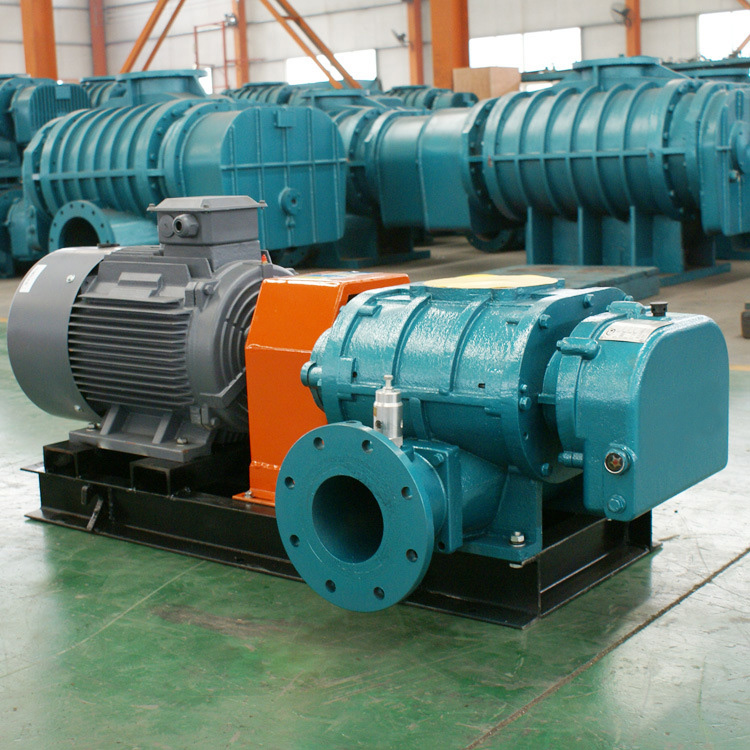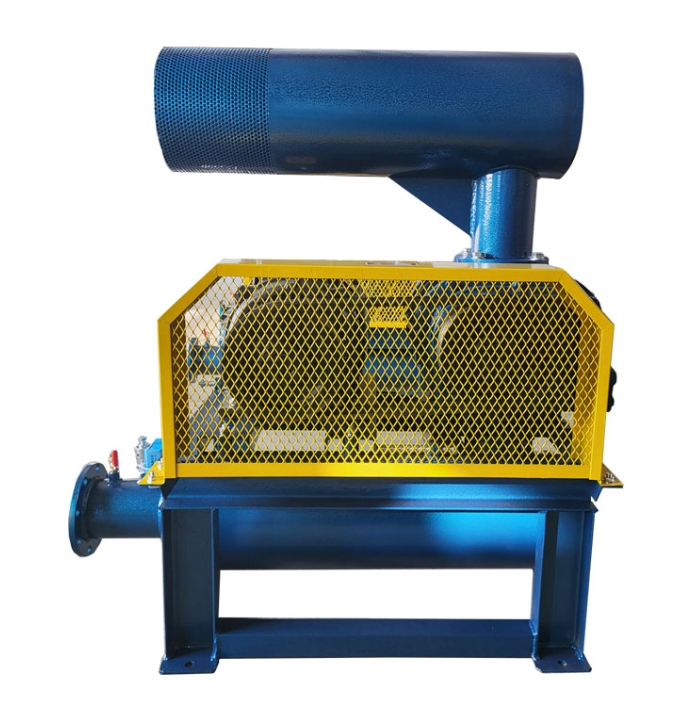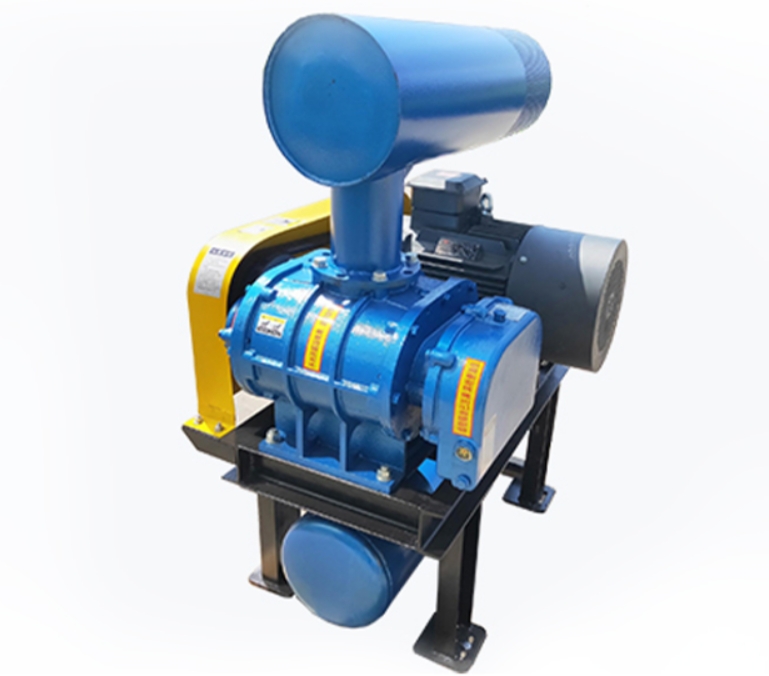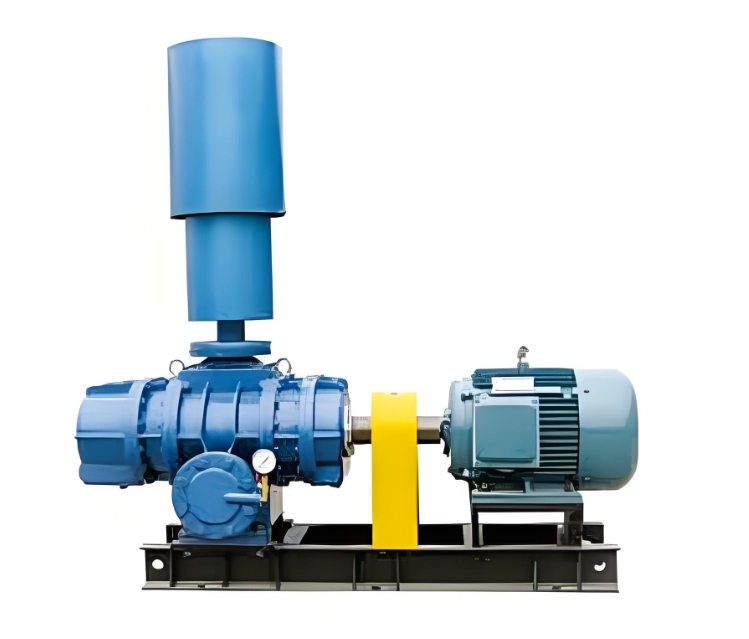Key Technologies and Precautions for Debugging Roots Blowers

The debugging of Roots blower is a key step to ensure its normal operation and performance. The following is a detailed guide for debugging Roots blowers:
1、 Preparation before debugging
1. Read the product manual:
Carefully read the product manual of the Roots blower to understand its structure, performance parameters, operating methods, and precautions.
2. Check installation:
Ensure that the Roots blower has been installed correctly, and all connecting and fixing components are secure and reliable.
Check if the inlet and outlet pipes of the fan are tightly connected to avoid leakage.
3. Power check:
Check the power supply to ensure that the voltage and frequency meet the equipment requirements.
Check if the power phase sequence is correct to avoid motor reversal.
2、 Debugging steps
1. Startup mode selection:
Roots blower allows full voltage start or reduced voltage start. When starting at full voltage, the current is about 5-7 times the rated current. When the grid capacity is insufficient, voltage reduction starting should be used.
2. Confirmation of rotation direction:
Before starting the fan, ensure that the rotation direction of the fan is correct. Confirmation can be made by observing the rotation of the impeller or using an anemometer.
3. Operating current monitoring:
After the fan is started, immediately check whether the operating current is balanced and whether the current exceeds the rated current. If the rated current is exceeded, the machine should be stopped immediately for inspection.
4. Debugging of dual speed fan:
For dual speed fans, start at low speed first and check if the rotation direction is correct. When starting at high speed, the fan should be stopped first before starting at high speed to prevent switch tripping and motor damage caused by high-speed reversal.
5. Adjustment of intake and exhaust ports:
Adjust the intake and exhaust ports to ensure good airflow effect. It can be achieved by changing the position or angle.
6. Parameter monitoring and recording:
Monitor and record the operating parameters of the fan, such as temperature, vibration, and noise level. If there is any abnormality, the machine should be shut down for maintenance in a timely manner.
3、 Precautions during debugging
1. No load start:
When starting the Roots blower, the exhaust valve should be opened to ensure no-load start-up. After a smooth start, gradually close the exhaust valve.
2. Load adjustment:
When shutting down, gradually unload the load and then stop the fan when there is no load.
3. Inspection of bearings and seals:
Regularly check the operation of bearings and seals, and if there are any abnormalities, repair or replace them in a timely manner.
4. Lubricating oil inspection:
Regularly check the splashing situation, oil level, and oil quality of lubricating oil. Ensure that the lubricating oil is sufficient and of good quality to avoid bearing and gear wear.
5. Cleaning and maintenance:
Regularly wipe the fan, especially at the air inlet, to avoid inhaling dust and causing blockage.
Regularly inspect and clean the cooling system to ensure good cooling effect and prevent excessive fan temperature.
4、 Operation and maintenance after debugging
1. Normal operation:
During normal operation, it is not allowed to blindly close the inlet and outlet valves to avoid the air from the exhaust outlet flowing back to the inlet of the blower for a long time.
2. Temperature monitoring:
Monitor the surface temperature of rolling bearings and the oil temperature of the oil tank to ensure that they do not exceed the specified values. If the temperature is too high, external water cooling measures can be taken.
3. Amplitude inspection:
The radial amplitude near the bearing should not exceed the specified value to avoid excessive vibration affecting the operation of the fan.
4. Regular maintenance:
Regular maintenance work such as internal and external cleaning and bearing lubrication is carried out to ensure the long-term stable operation of the fan.
In summary, the commissioning of Roots blowers is a meticulous and complex process that requires strict adherence to the product manual and commissioning guidelines. By proper debugging and maintenance, the operation and long-term stability of Roots blowers can be ensured.





